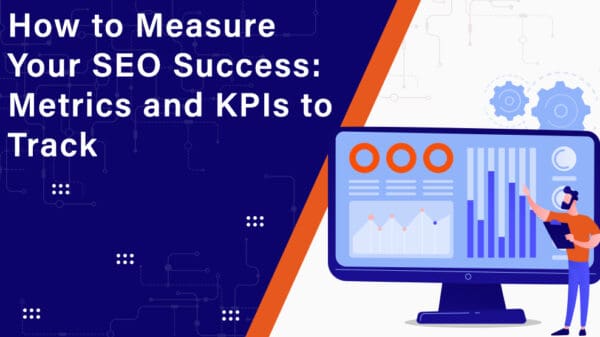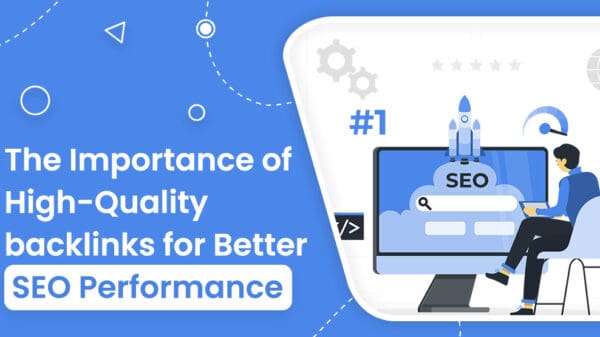In the fiercely competitive world of e-commerce, a Shopify store’s performance is a critical factor for success. Slow-loading pages can deter potential customers, while poor search engine optimization (SEO) can result in lower visibility in search results. This article delves into comprehensive strategies and best practices for optimizing the performance of your Shopify store. We will explore both speed and SEO considerations to ensure that your online store not only loads quickly but also ranks well in search engines, providing a superior user experience.
Optimizing Store Speed
Choose a Lightweight Theme
Selecting the right Shopify theme is foundational. Opt for a lightweight, responsive theme that prioritizes performance over extravagant design elements. Keep in mind that simpler designs often load faster.
Image Optimization
High-quality images are essential for showcasing your products, but they can also slow down your store if not optimized. Compress and resize images without compromising quality to reduce page load times significantly.
Content Delivery Network (CDN)
Implementing a Content Delivery Network (CDN) is essential. CDNs distribute your content across servers globally, reducing server response times and improving page load speed for users across the world.
Minimize Apps and Plugins
While Shopify offers a plethora of apps and plugins, limit your use to only essential ones. Excessive add-ons can bloat your store and negatively impact performance.
Lazy Loading
Implement lazy loading for images and videos. This technique ensures that content loads only when it becomes visible to the user, reducing initial load times.
Code Cleanup
Regularly review and clean up your store’s code. Removing unused scripts and styles can significantly improve load times.
Mobile Optimization
Given the prevalence of mobile users, ensure that your Shopify store is fully optimized for smartphones. Responsive design and optimized content are key.
Reduce Redirects
Minimize unnecessary redirects within your store. Each redirect adds latency to page loading, affecting overall speed.
Choose a Fast Hosting Provider
Selecting a reliable and fast hosting provider is crucial. A high-performance server ensures quick server response times, benefiting your store’s load speed.
Enable Browser Caching
Configure browser caching to store static resources locally on a user’s device. This reduces the need to re-download assets on subsequent visits.
SEO Best Practices
Keyword Research
Begin with thorough keyword research. Identify relevant and high-traffic keywords specific to your products and niche.
Optimized Product Titles and Descriptions
Craft product titles and descriptions that are not only enticing to users but also rich in keywords relevant to your products. Strike a balance between SEO optimization and user engagement.
Mobile Optimization
Mobile-friendliness is a ranking factor in search engines. Ensure that your Shopify store is fully optimized for mobile devices, offering a seamless experience to mobile users.
Optimize Images
Use descriptive alt text for images and compress them for faster loading. Properly optimized images enhance SEO and contribute to a better user experience.
Schema Markup
Implement schema markup to provide structured data that helps search engines understand your products better. This can result in rich snippets in search results.
Optimized URLs
Create clean and descriptive URLs for products and categories. User-friendly URLs are not only easier for customers to understand but also benefit SEO.
Content Creation
Develop high-quality, informative, and engaging content. This includes blog posts, product descriptions, and any other content that provides value to users.
Link Building
Building high-quality backlinks to your Shopify store is a fundamental aspect of SEO. Engage in outreach and partnerships to acquire authoritative backlinks.
Page Speed
Google considers page speed in its rankings. A fast-loading store is crucial for both SEO and user satisfaction.
Regular SEO Audits
Conduct regular SEO audits to identify and address issues such as broken links, duplicate content, and crawl errors. Regular audits ensure that your store remains in top SEO shape.
Conclusion
Optimizing your Shopify store’s speed and SEO is an ongoing effort that directly impacts its success. By implementing these best practices, you can create a high-performance store that loads quickly, ranks well in search engine results, and provides a superior user experience. Keep in mind that a well-optimized store not only attracts more visitors but also converts them into loyal customers, boosting your online business’s profitability.
Matthew Brain, an experienced content writer, enjoys sharing his thoughts on various online delivery firms, eCommerce, on-demand business models, and so on. Furthermore, he has assisted numerous entrepreneurs by providing them with advice on Internet enterprises and their influence on the market.





















































































































































































